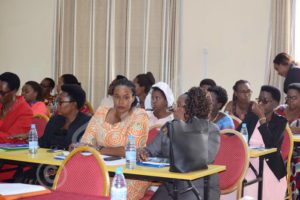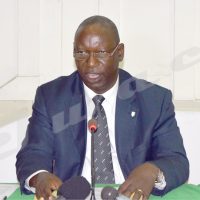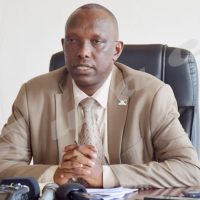Gender inequality is observed in public institutions in Burundi. An on-going research conducted by PNRA and supported by UNDP reveals that women are underrepresented. Women leaders suggested some strategies to fill the gap.

Women are underrepresented in public institutions.
In the public administration, women are poorly represented. The research reveals that women are represented at 40% against 60 % of men. All the ministries register a number of women which is far lower than the one of men except the ministry of gender where women are represented at 55%, says Sabine Sabimana, UNDP consultant
The research shows that women represent 14. 5% against 85.5 % for men in political sector; 29. 1 % against 70. 9 % in economic sector and 42. 2% against 57.8% in social sector, making an average of 39.7% of women against 60.3% of men.
The research also indicates that the higher you go, the lower the number of women is. “Women are represented at 34% in communal administration, 22.22% are directors of post elementary schools, 25% are presidents of commissions in the assembly, 18, 5% are ambassadors, 17% are governors of provinces while 10% are presidents at courts of residence”
Even though the results are not definitive, gender inequality is observed in Burundian public institutions as agreed by different members of the government, MPs and women leaders on the occasion of the closing of the capacity building workshop for women leaders working in public sector.
Aminata Ba, Gender Advisor at UNDP recognises gender differences in public institutions. She mentions that according to a research carried out by her institution, gender inequality is not only a Burundian issue but a worldwide problem. However, she acknowledges the improvement. “Women representation increased from 12% to 22% in parliament; from 12% to 19% for higher officials in the government and from 12% to 18% for ministers between 1995 and 2015”
Aminata says there is a policy of reducing gender imbalance that is being promoted. “Ending all forms of discrimination against women and girls and eliminating all forms of violence against women and girls from public and private life, including human trafficking and sexual exploitation and other forms of exploitation”, she says
She also says everyone should fill the gap and promote women involvement in public institutions.
Some strategies have been suggested to increase women in public sector by ensuring women’s access to education and lifelong learning policies, the promotion of effective recruitment and sensitising young women.



















 IWACU Open Data
IWACU Open Data

